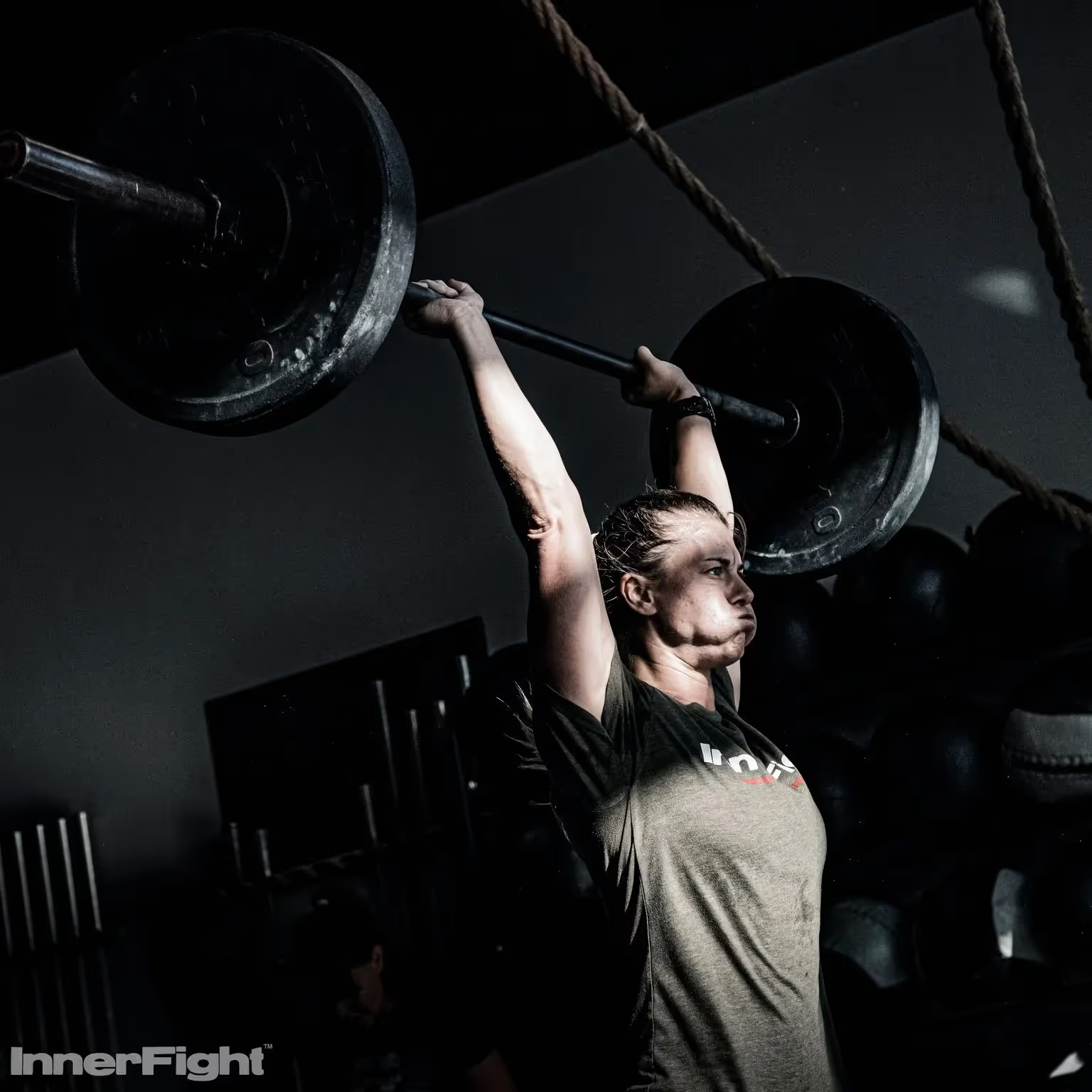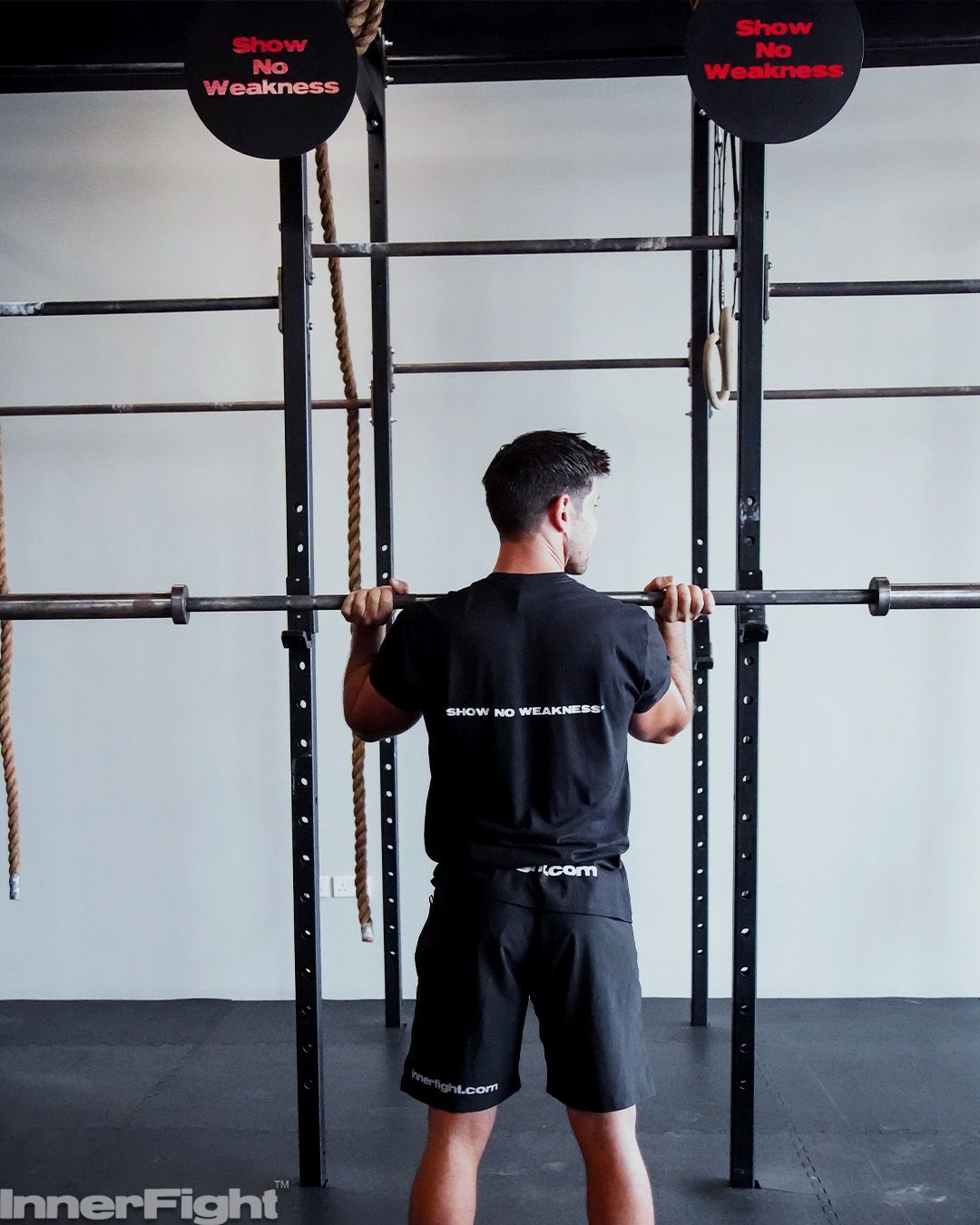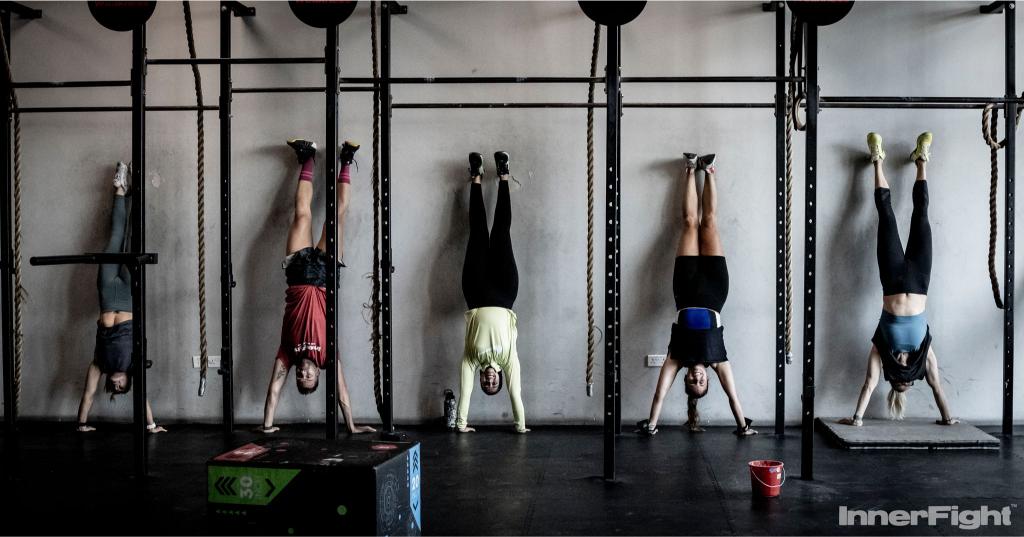Exercising during your menstrual cycle

It’s the week before your period, and the struggle is real. Your oestrogen and progesterone hormones are ramping up, and suddenly... you no longer feel like yourself.
Mood swings, tiredness, bloating and hunger pangs are making everything difficult, including your training. It’s not just your motivation that’s lacking, you also feel physically depleted.
.avif)
In order to understand the best way to exercise effectively during your menstrual cycle, you need to get to know your cycle.
Understanding your menstrual cycle
Although there isn’t a ‘typical’ menstrual cycle, we can break it down into two broad phases:
- The follicular stage (when your period starts until ovulation)
- The luteal phase (from ovulation until your next period starts)
During the follicular stage, your body produces more estrogen which may boost your energy levels and increase your stamina for exercise. When your body enters the luteal phase, you produce more progesterone so you may feel more tired and also warmer than usual.
In order to know exactly what works for you and your body, try tracking your period and your experiences with exercise during your cycle.
How to exercise during the different stages of your cycle
Everyone is different so it’s impossible to say exactly what you should or shouldn’t do. There’s also very little research done into the menstrual cycle’s role in athletic performance. With that being said, here are some very loose guidelines:
Follicular stage
- Use the extra energy for more high-intensity exercise, such as HIIT training, circuit training and strength training / weightlifting
Luteal phase
- Focus on lighter activities like yoga, pilates, walking and cycling to help reduce PMS symptoms
4 ways to manage menstrual cycle symptoms to boost exercise performance
Increase your electrolytes
If you have a big workout or competition during the PMS phase of your cycle, preloading your system with electrolytes will help.
Adding sodium-rich fluids the evening before will raise your blood plasma volume and V02 levels, leading to less cardiac effort and more aerobic power. This, in turn, makes it easier to cool down. Great options include chicken broth, miso soup, or a sports drink with high sodium.
Manage inflammation
What we eat impacts our body and well-being. If your body is inflamed due to poor nutrition, then it's very likely you will experience painful stomach cramps. The fix? A diet low in processed foods (vegetable oil, sugar, cheese bread) and high in omega-3 fatty acids (oily fish such as salmon, eggs, flax seeds, walnuts, spinach).
.avif)
If you hone in on your nutrition, especially 7 to 10 days before your period begins, you’ll notice a dramatic decrease in inflammation.
Supplements are another great option. Dr. Stacy Sims recommends taking 1 gram of Omega-3s, 45 milligrams of zinc, and 200 milligrams of magnesium in the evening. You can also add 80 milligrams of aspirin or white willow bark. These supplements will help decrease inflammation, bleeding and other PMS symptoms.
Increase your blood sugar levels
You burn more calories during your premenstrual phase, so it’s only natural your body keeps your hunger hormones working overtime. Instead of inhaling that XL pizza, increase your unprocessed carb intake during certain meals!
Use music to boost your mood
It's proven that music positively affects our performance. So, when you’re feeling lethargic, tell Alexa to play your favourite song to get you fired up and feeling happy! Get creative and make a go-to playlist. It really helps!




.jpg)
.avif)


.jpg)
.jpg)
.avif)

